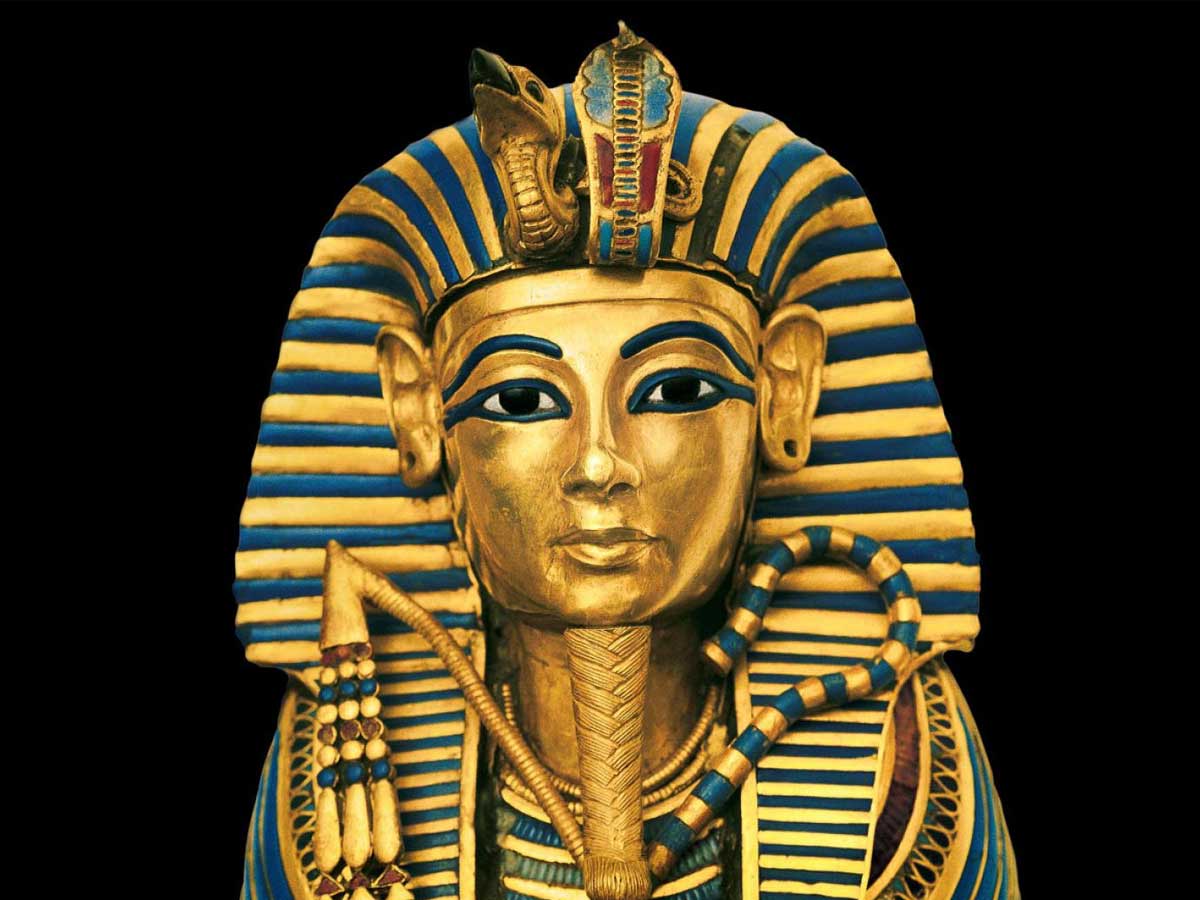Mummies, a window to a world that has remained a mystery to a whole lot of us, are the most cherished and highly regarded relics. They paved the way for some of the remarkable findings that, even today, have continued to impress us. We know that mummification (to preserve a body for the afterlife) was invented by ancient Egyptians who believed that after a person died, the soul lives on. They claimed that an individual’s mummified body was a location or house for the person’s spirit to return to the body after death. This was to have everlasting life for them.
Special priests carried out the mummification. Usually, all the internal organs except the heart were removed in the mummification process because the ancient Egyptians claimed that the heart is where the soul resides. To avoid any bacteria from spreading, the cavities were then filled with chemicals and spices and the body was then left coated in salt to become dry. The priests will cover the body in linen bandages after 40 days while chanting spells. Upon completion of the process, a mask was positioned over the head of the mummified body so that it could be remembered in the afterlife.
In Egypt, there are thousands of mummies and some are actually as ancient as 33,000 years old. King Tutankhamun, or King Tut, who is 30,000 years old, is one of the most prominent mummies.
King Tutankhamun

King Tut, an Egyptian pharaoh of the 18th dynasty, as he is famously called, died at a very young age. For almost 10 years, he reigned. A mystery to the world also remains to be the reason- the cause of his death and final days. In 1922, almost 30,000 years after his death, his mummy was discovered by Howard Carter and one of the members of the expedition, Lord Carnarvon, who died a few months after the discovery. His death stirred the legend of the curse of the mummy, too. The mask of King Tut is one of the most famous pictures in the world and demonstrates the Egypt of that period quite a bit.
Ramesses II

Ramesses II considered the most powerful pharaoh of Egypt, reigned for nearly 60 years and lived to be over 90 years old. He is also said to have fathered more than 100 children in his life. His body was kept in the Kings Valley, but for fear of looters, it was later relocated to a royal cache. The body of Ramesses was discovered in the year 1881 and is now on display in the Museum of Cairo. When some of the archaeologists noticed the decay, his body was flown to Paris to be treated for a fungal infection. An Egyptian passport was issued before the body was flown, identifying his occupation as ‘King (deceased)’.
Hatshepsut

Hatshepsut, one of Egyptian history’s most famous female figures, reigned for two decades. In Egypt, she is known to have carried out construction projects. With the exception of this, until her death in 1458 BC, she was also known for the development of new trade routes. In 1902, she was also discovered by Howard Carter.
Vladimir Lenin

Vladimir Lenin, one of the renowned revolutionary thinkers and political figures of the 20th century, is also famously regarded as the architect and first head of the Soviet Union. For the sake of future generations, the mummification of the founder of Russian Communism was carried out since no mummification procedure had ever been attempted before in modern times. For Lenin’s body, a rather complicated embalming process was invented. To keep it undamaged, his body needed many chemical baths and injections.
Ginger

Ginger has been dubbed ‘Ginger’ for her golden hair and is one of the six genetically mummified bodies. The corpse is thought to be of an adult man who had completely undamaged golden hair and fingernails, despite having died over 5,000 years ago. In order to prevent any bacteria from breeding, Ginger was thought to have been placed in a grave with hot and dry sand that absorbs water (75 per cent of human weight).
Rosalia Lombardo

The mummy of an Italian girl-child who died of pneumonia at the age of 2 is Rosalia Lombardo. Her father is said to have been so distraught that he approached Dr Alfredo Salafia, a very famous embalmer, to save her body. The body is so well preserved that she just appears to be unconscious. This won her the ‘Sleeping Beauty’ nickname. For over 90 years, her preservation method remained a mystery until it was found that she had been vaccinated with formalin, zinc salts, alcohol, salicylic acid, and glycerine.
All this information proves that the mystery of these thousands of years old mummies may not get deciphered any time soon. Be it the lack of right approach or the fear of the curses which tag along with these mummies, either way, the world is yet to know the truth and hopes it unveils sooner.



























